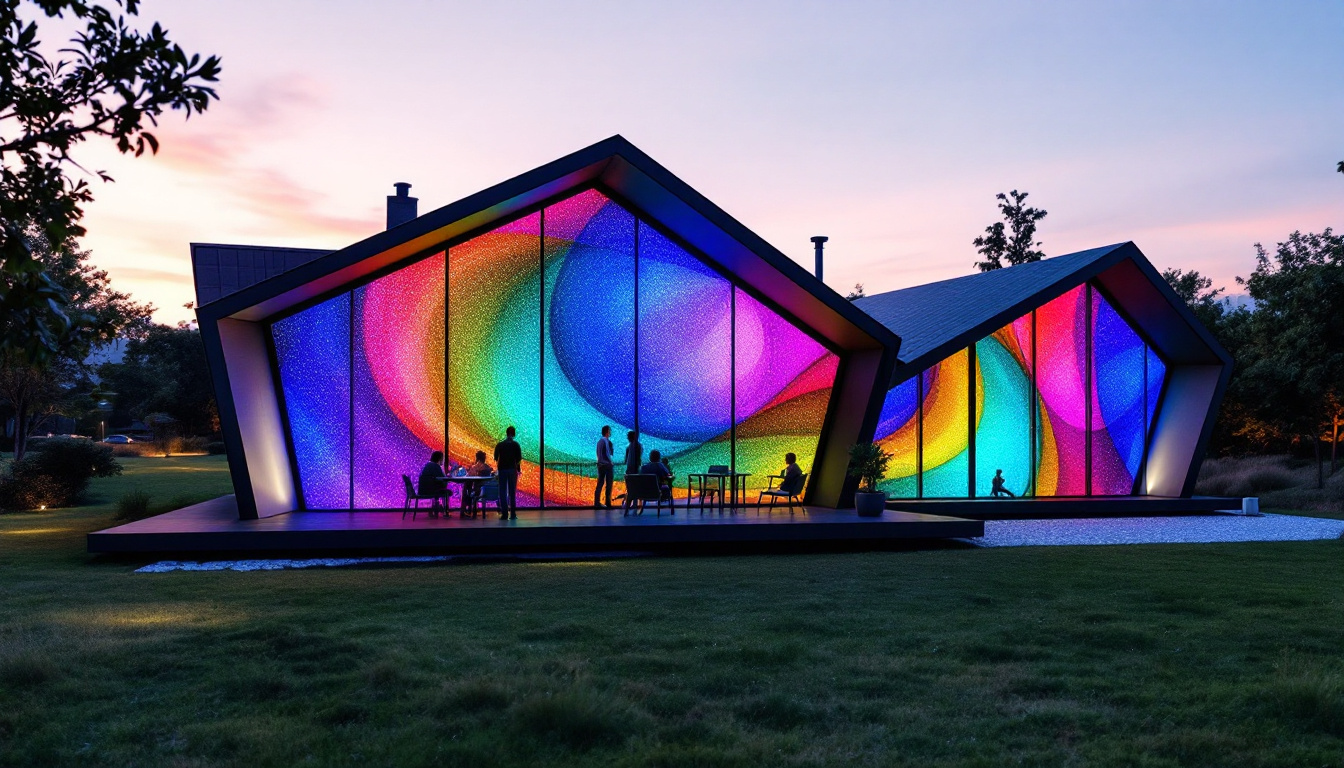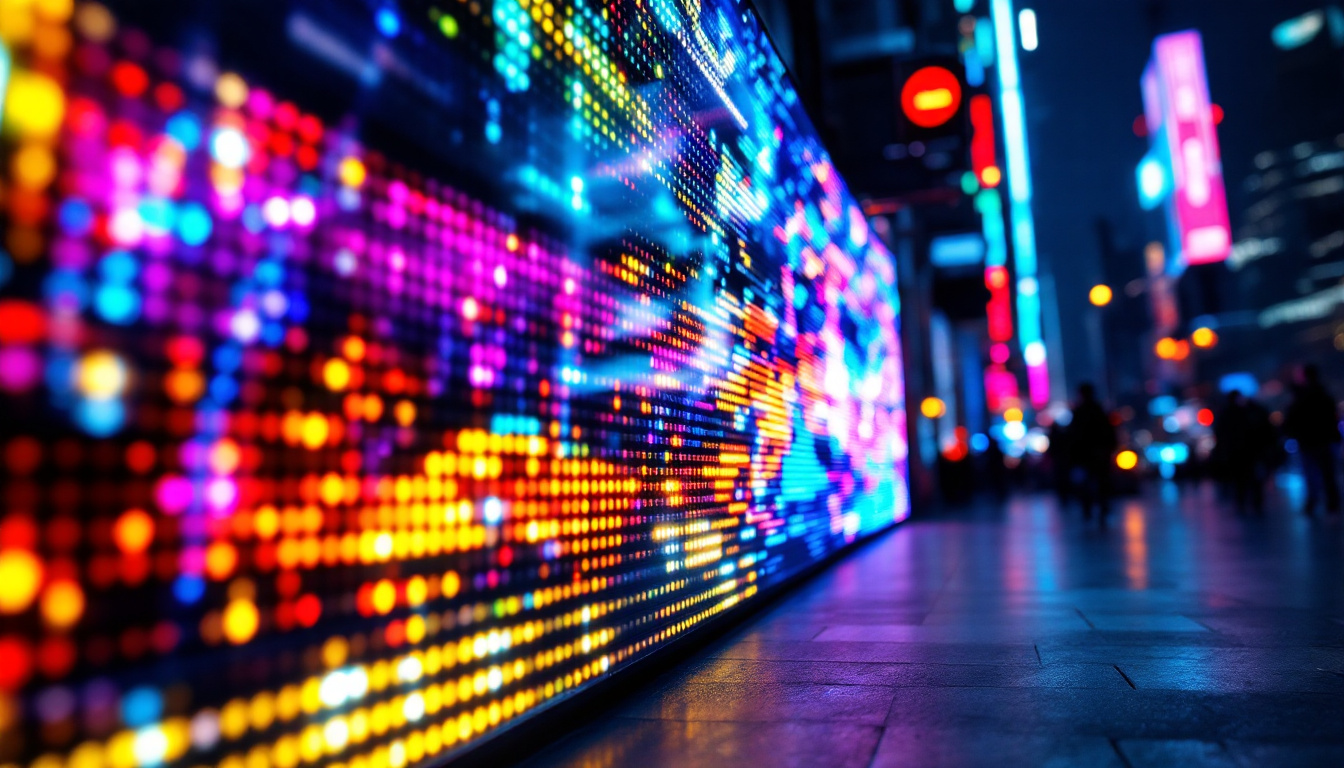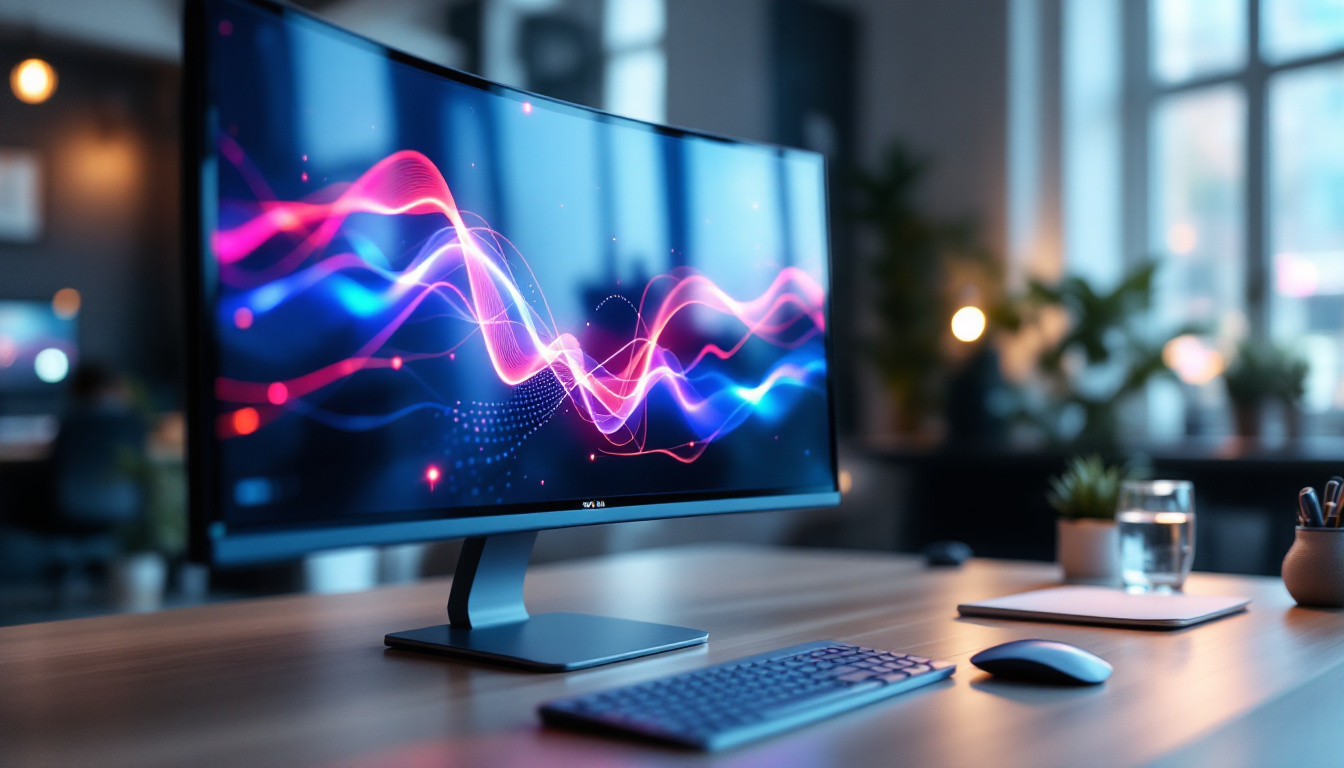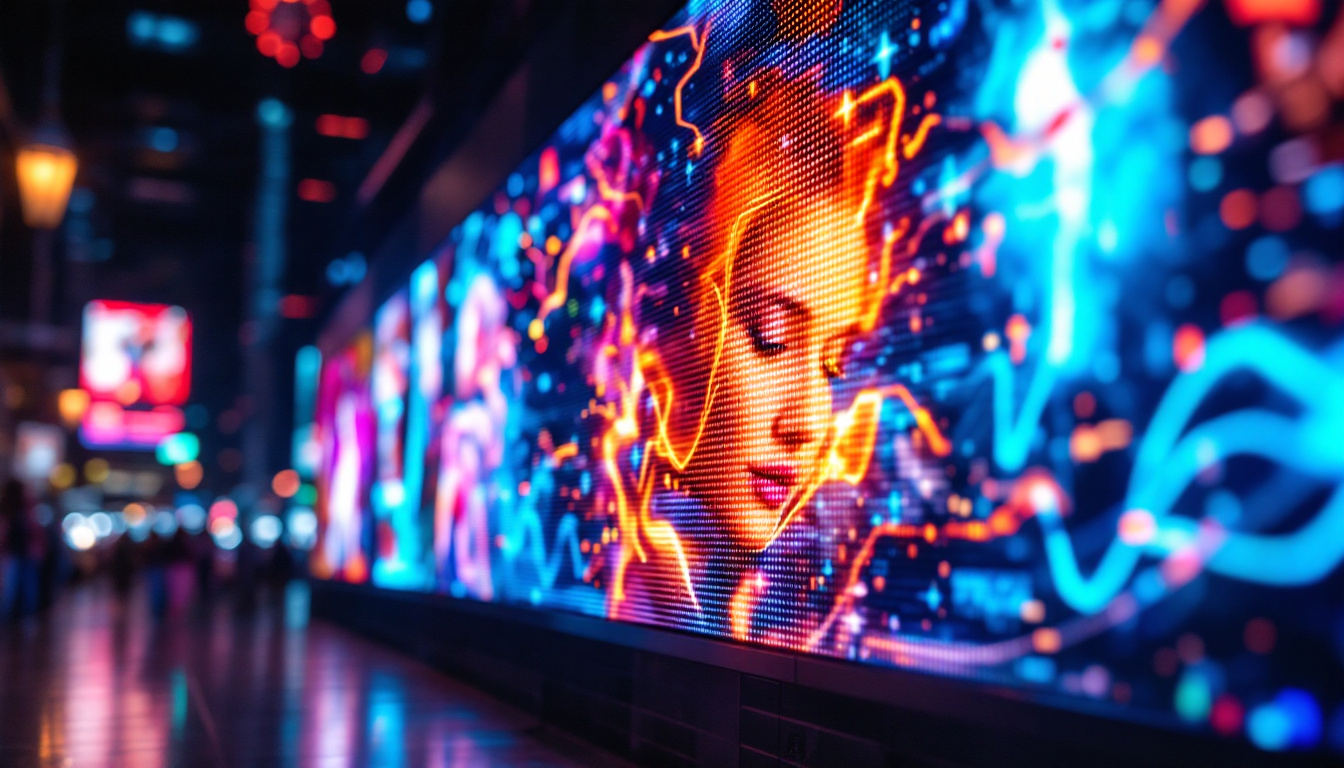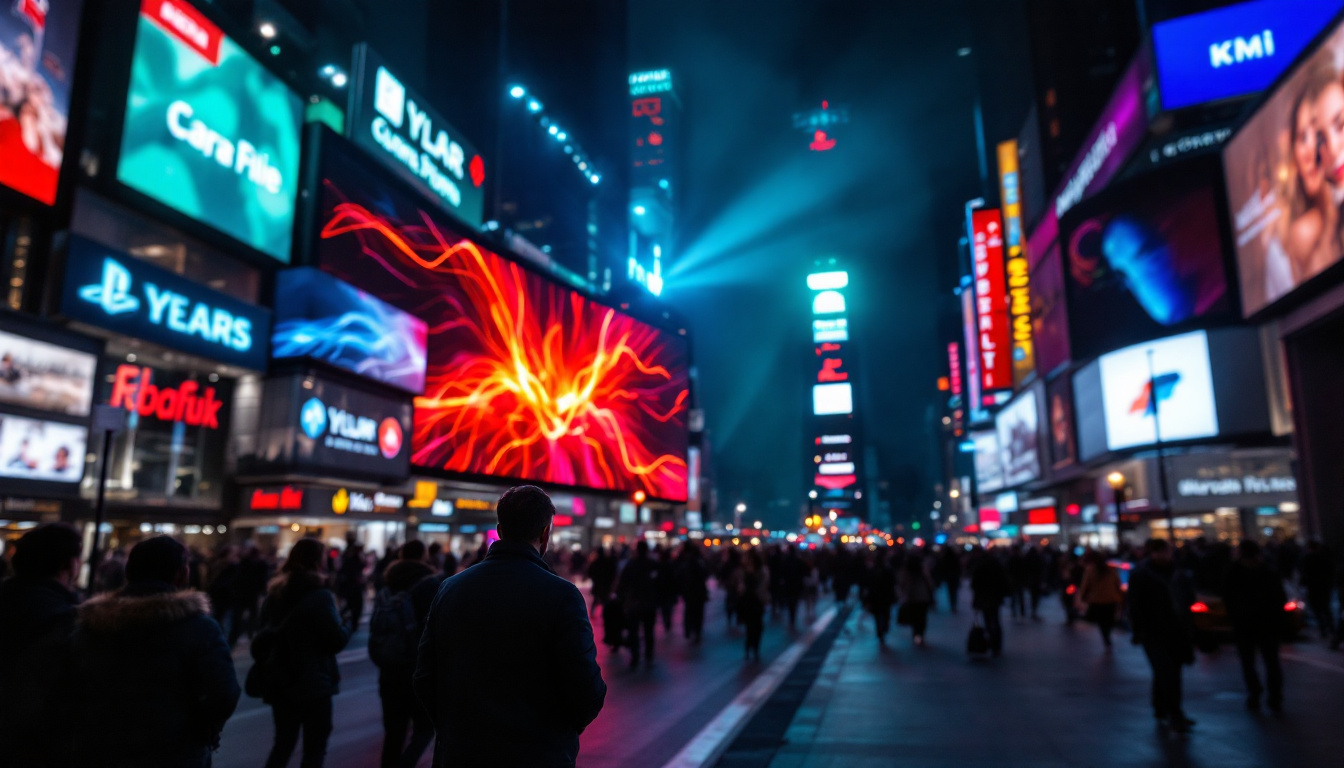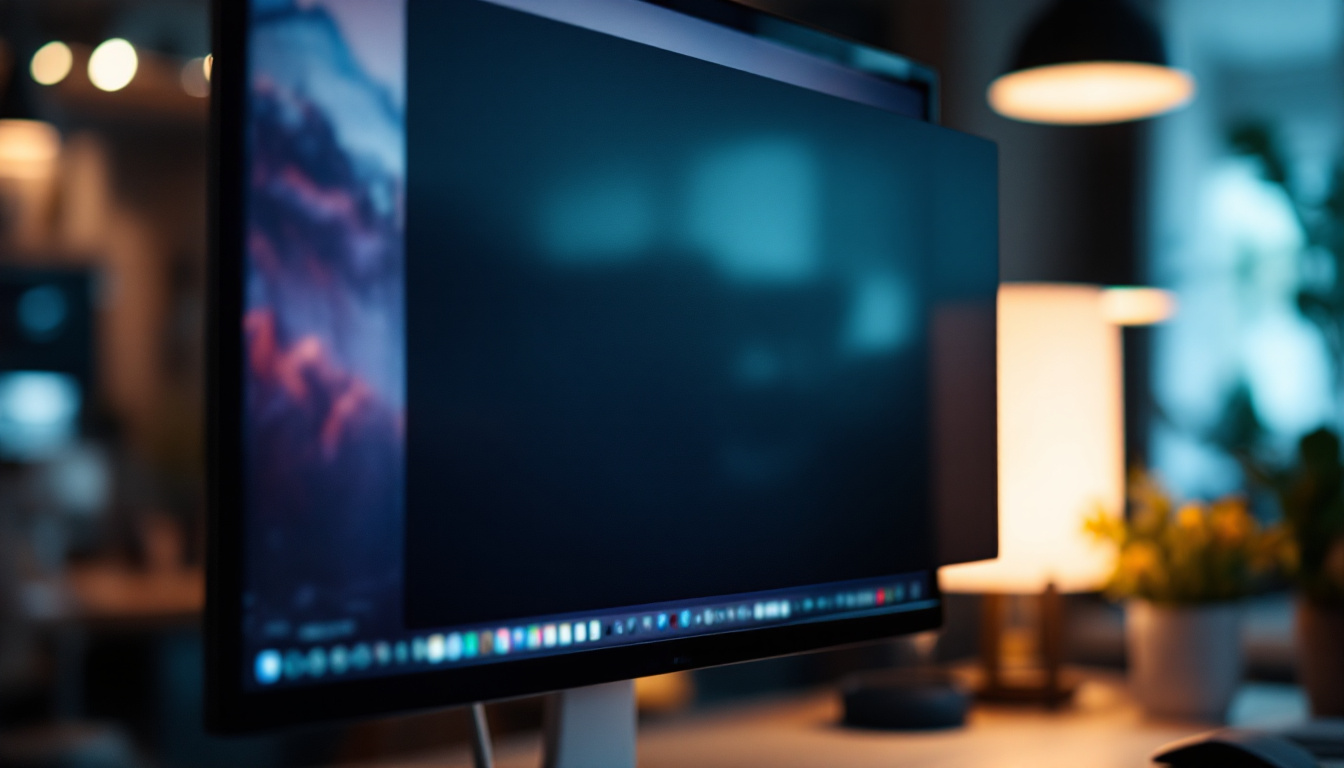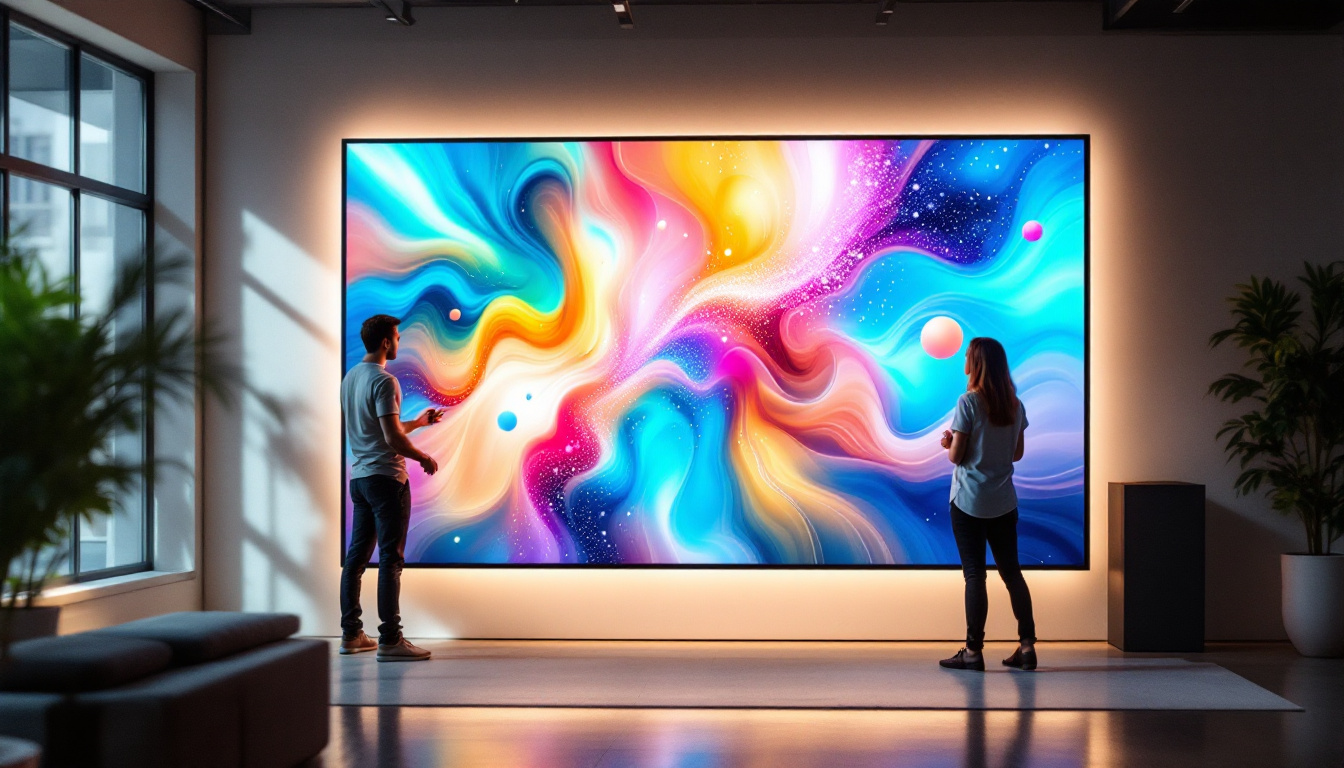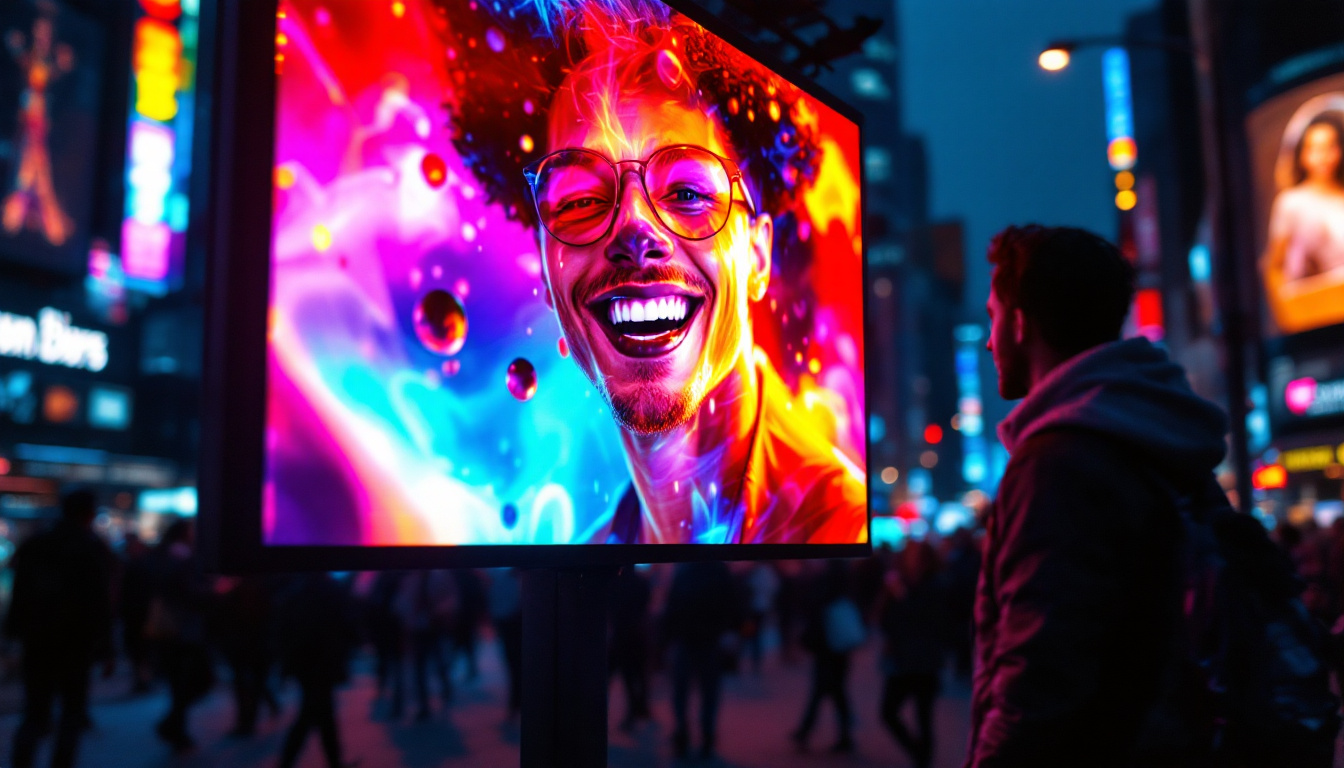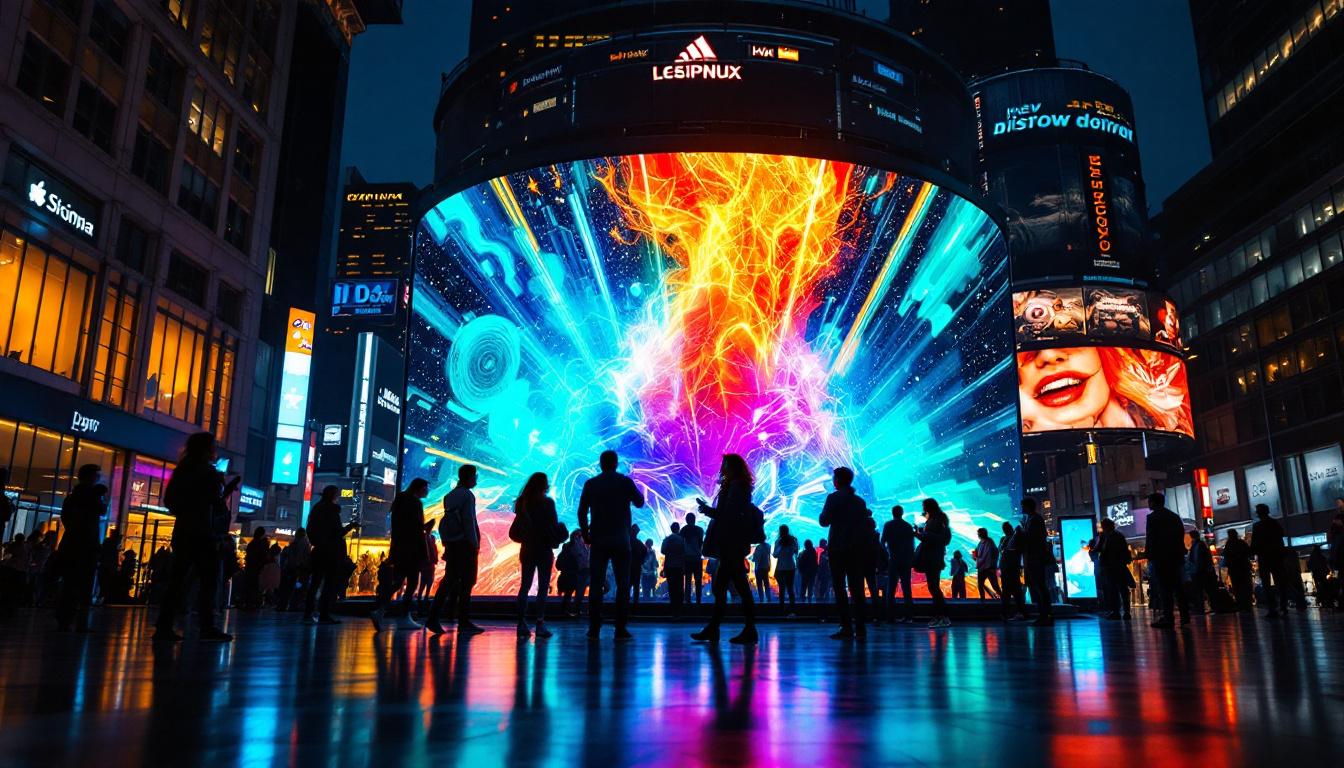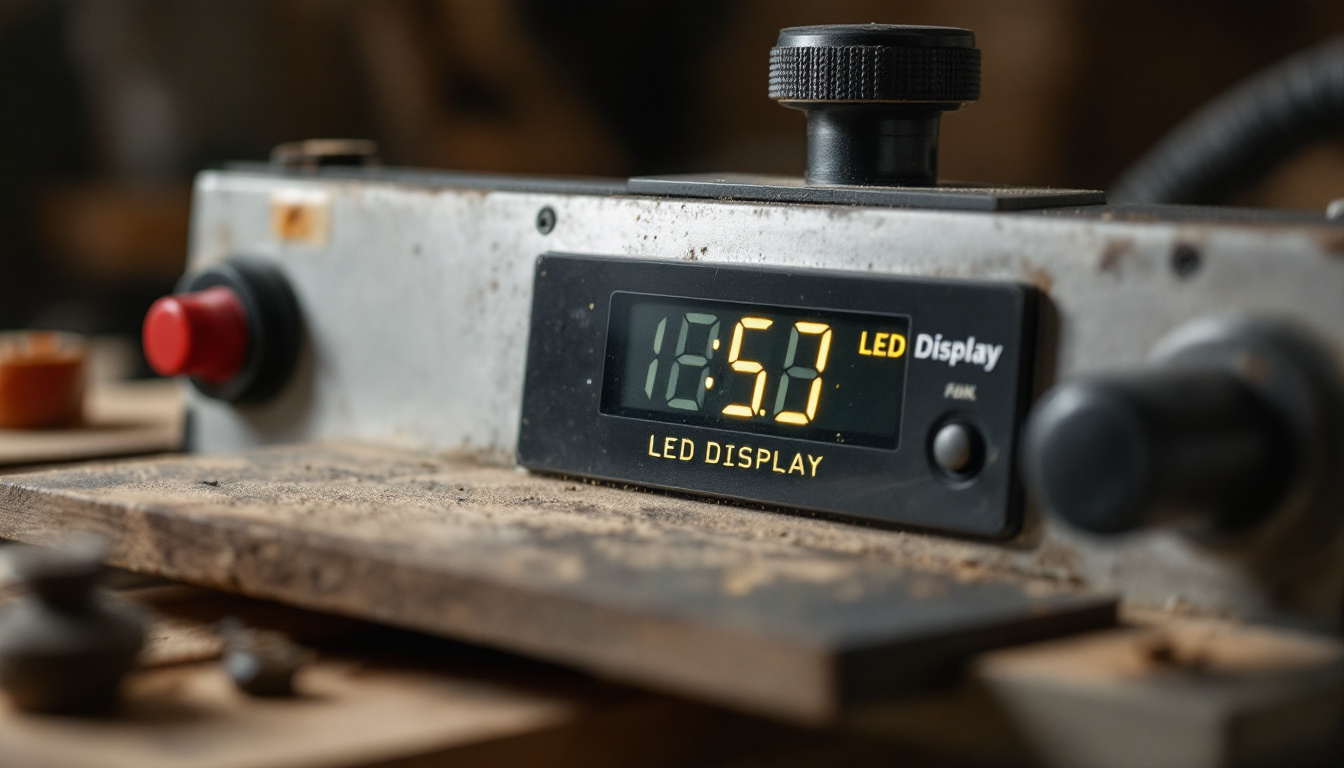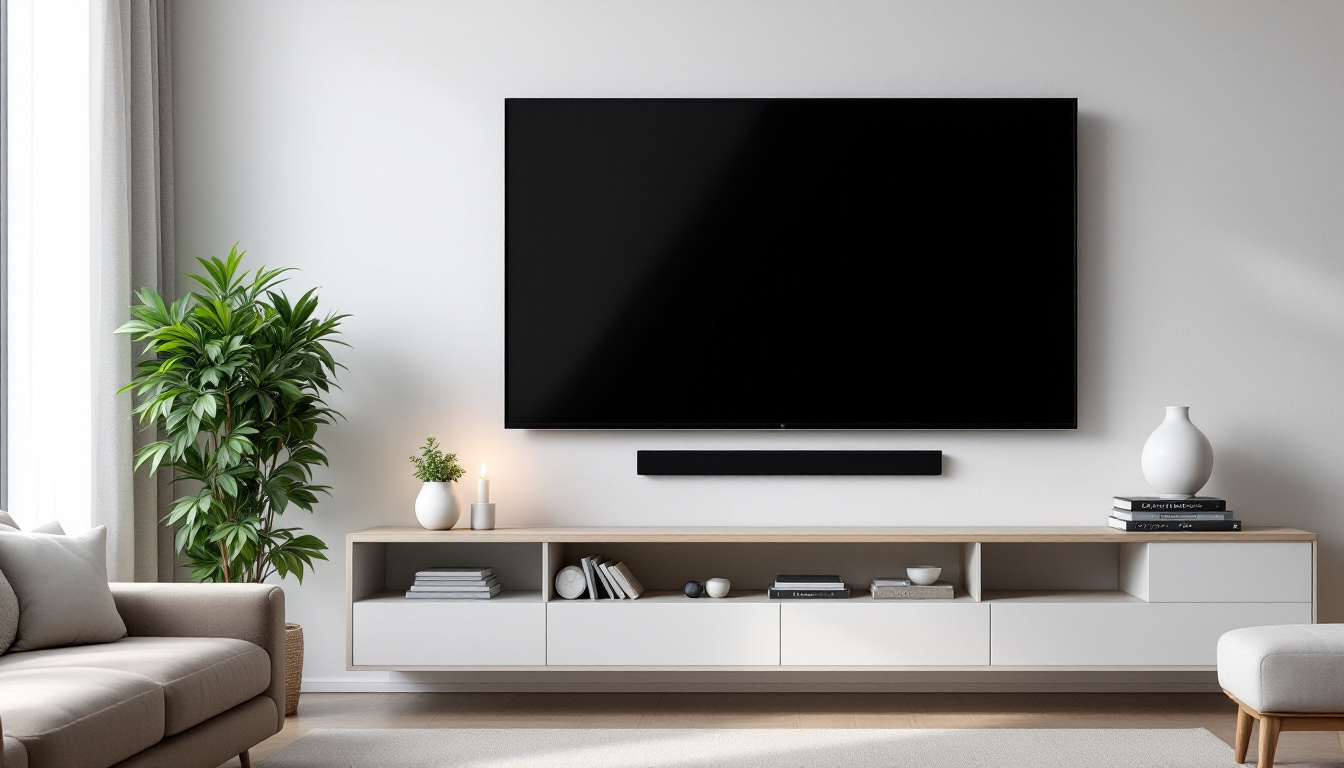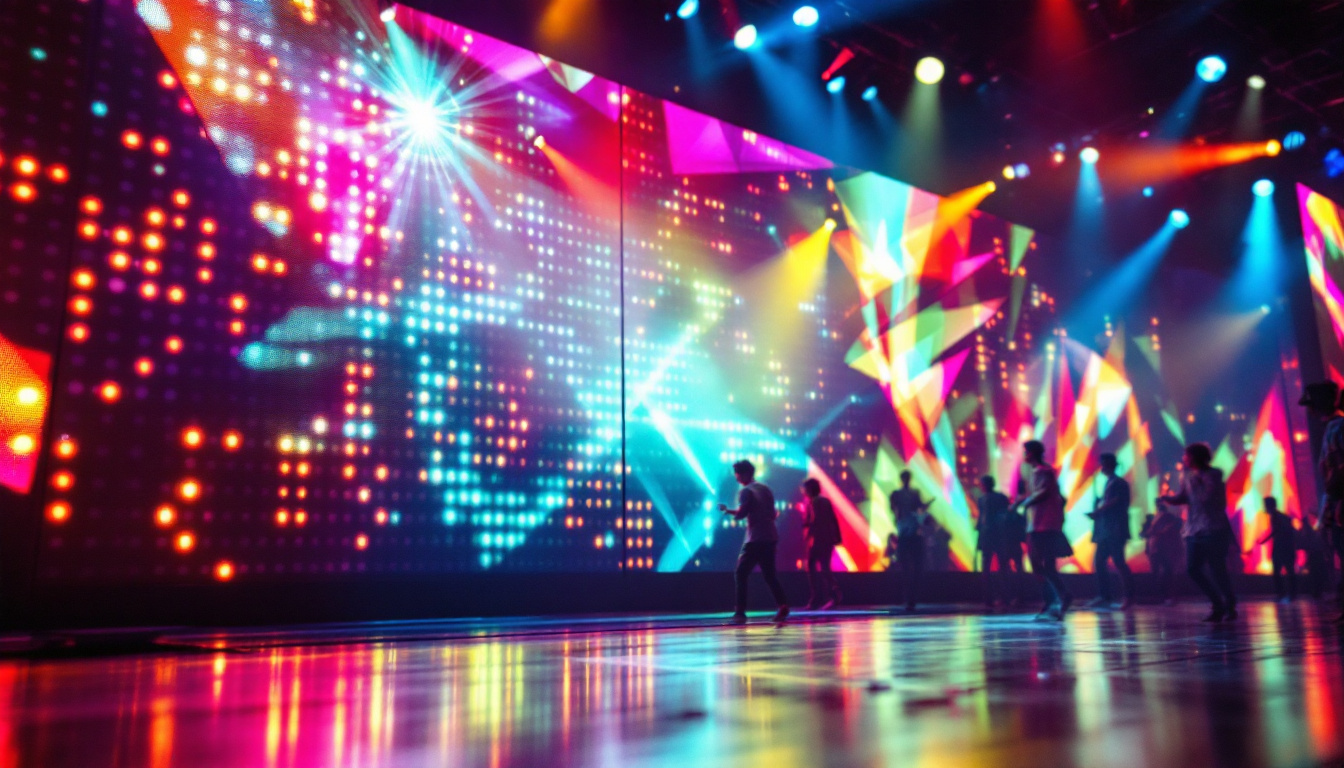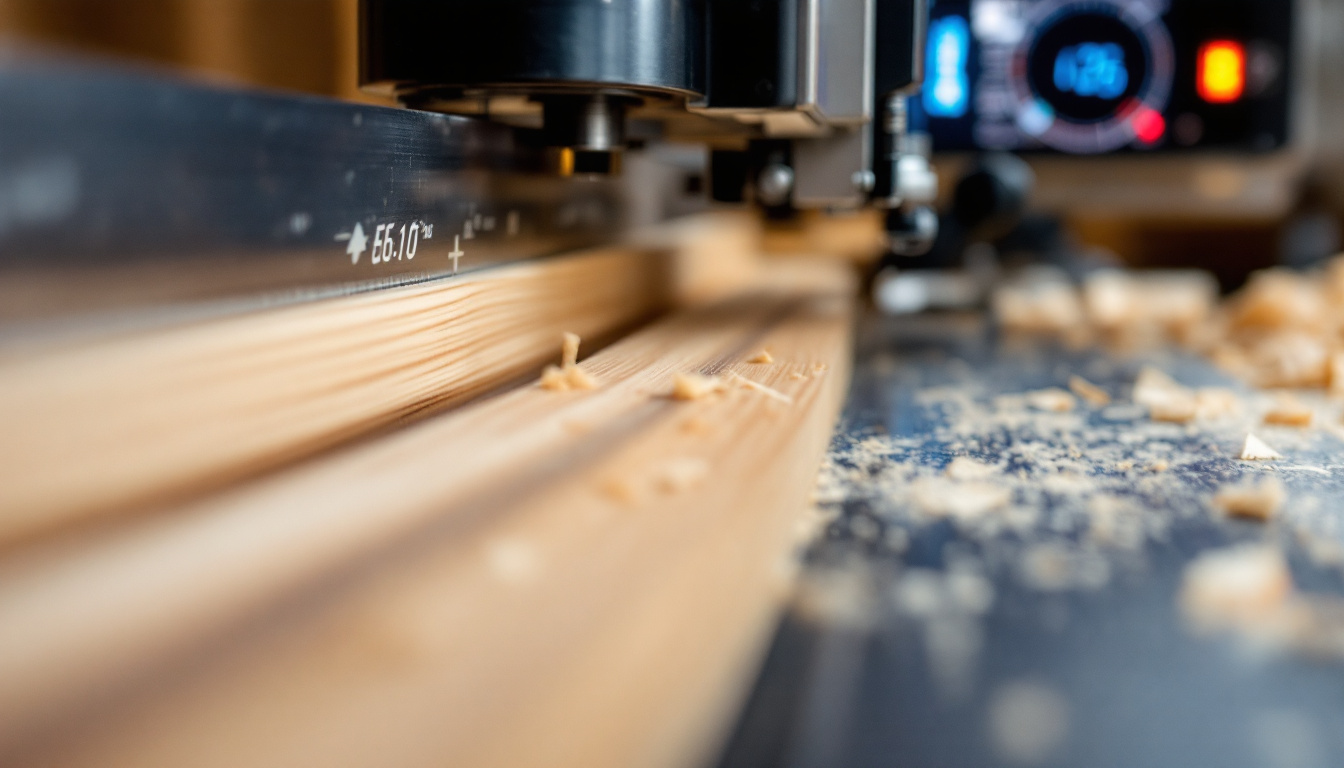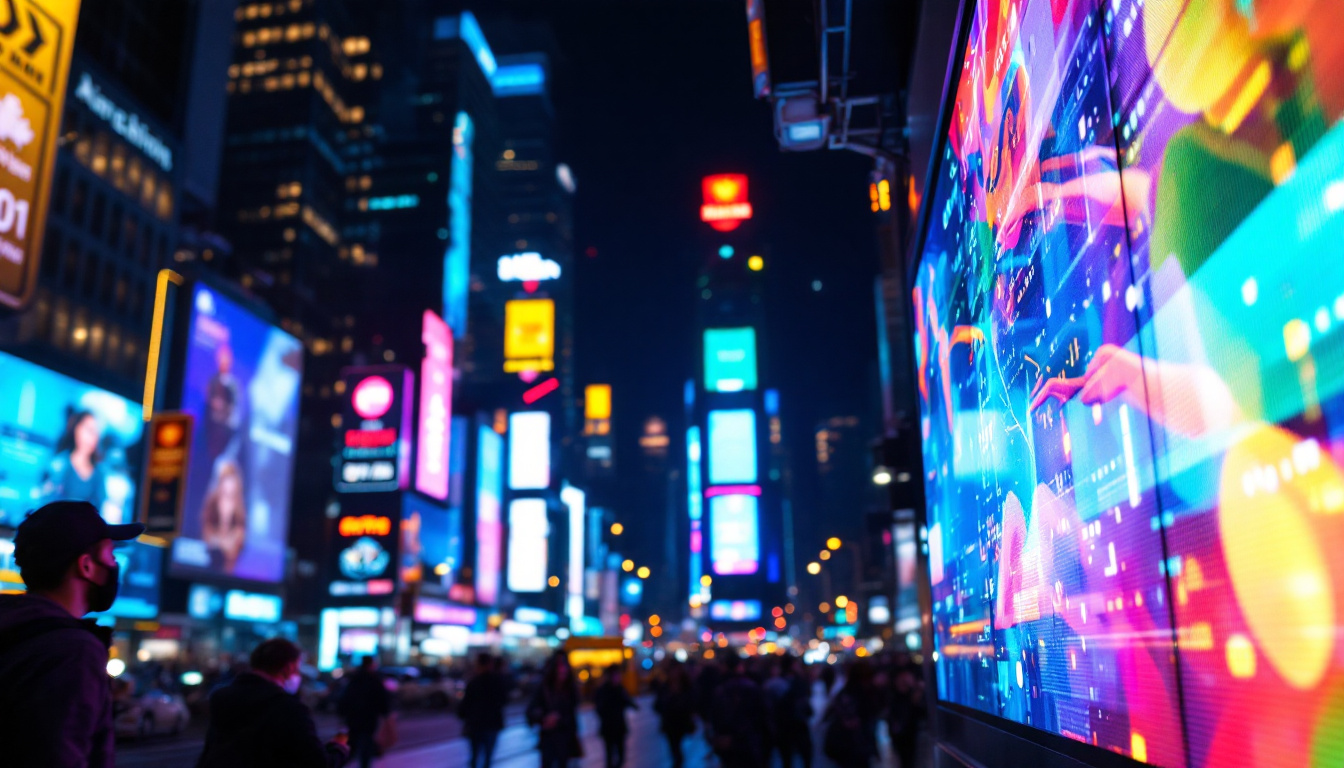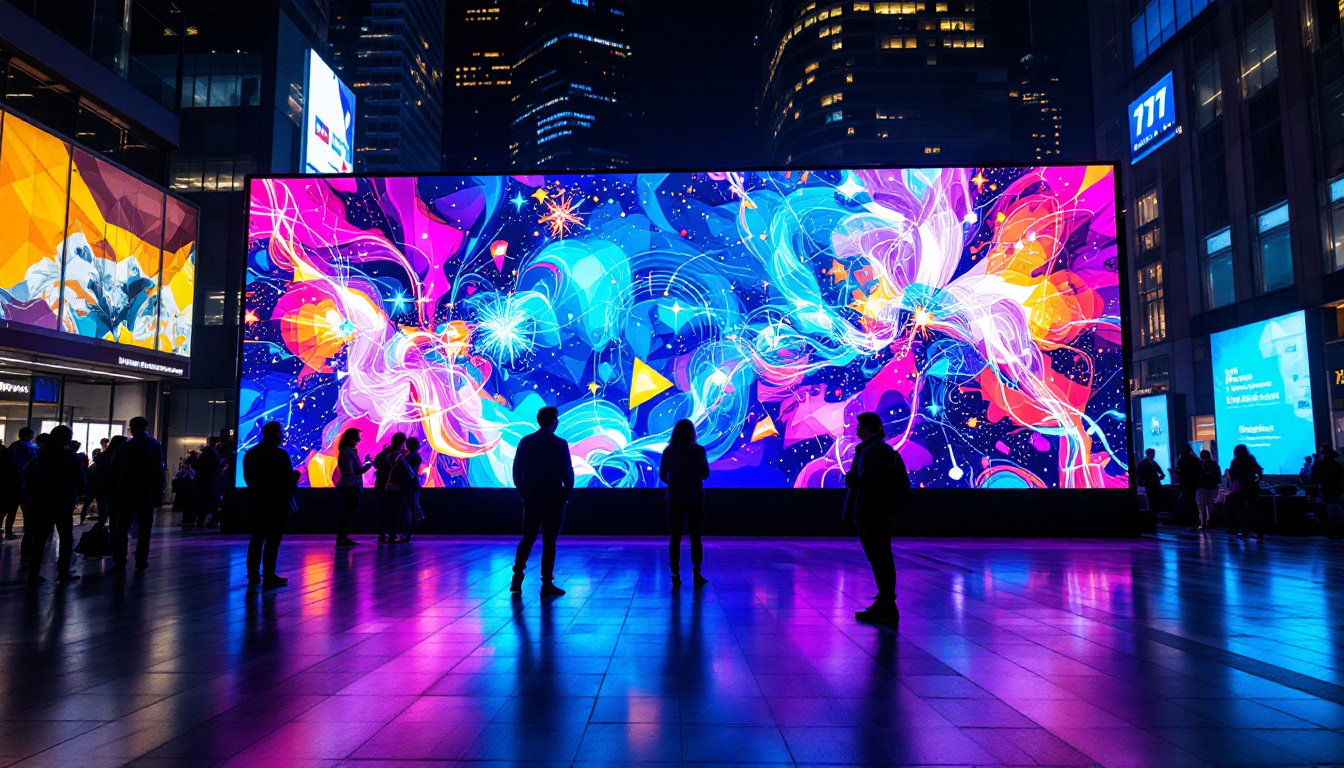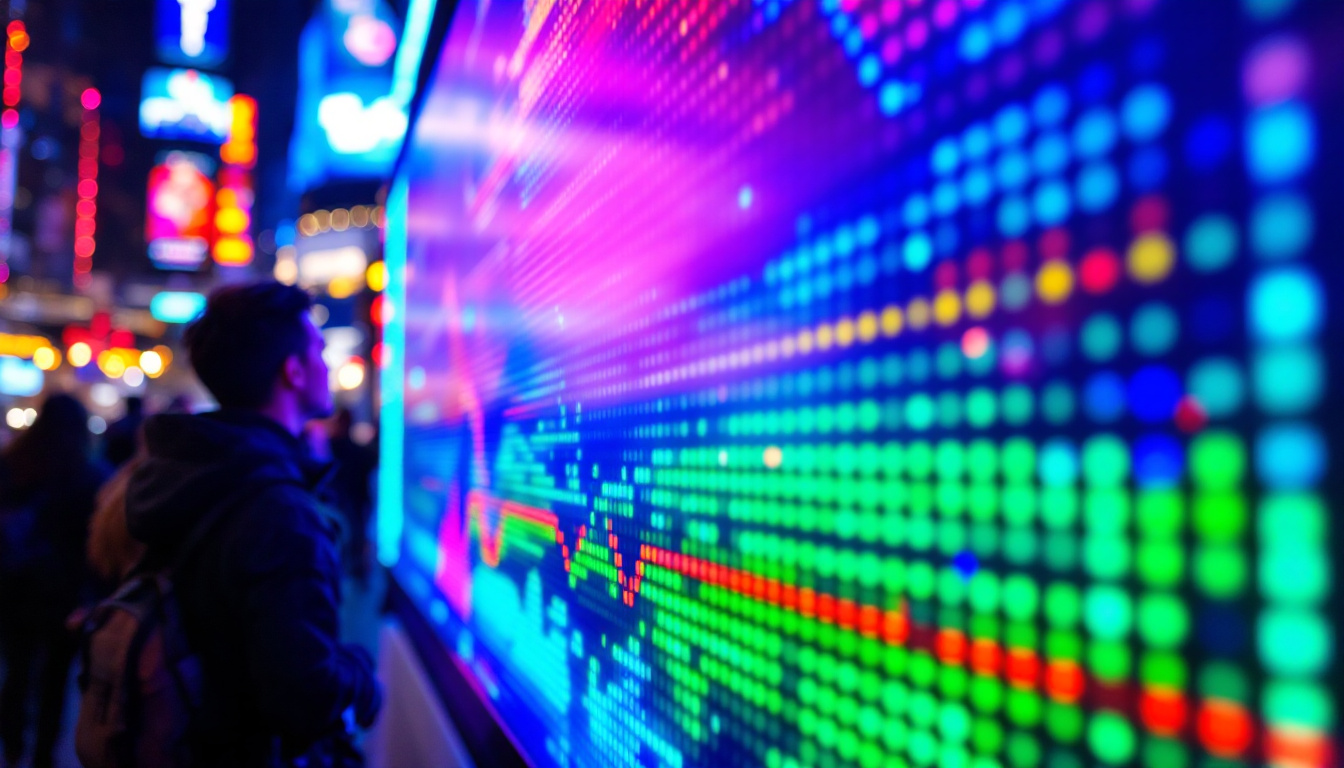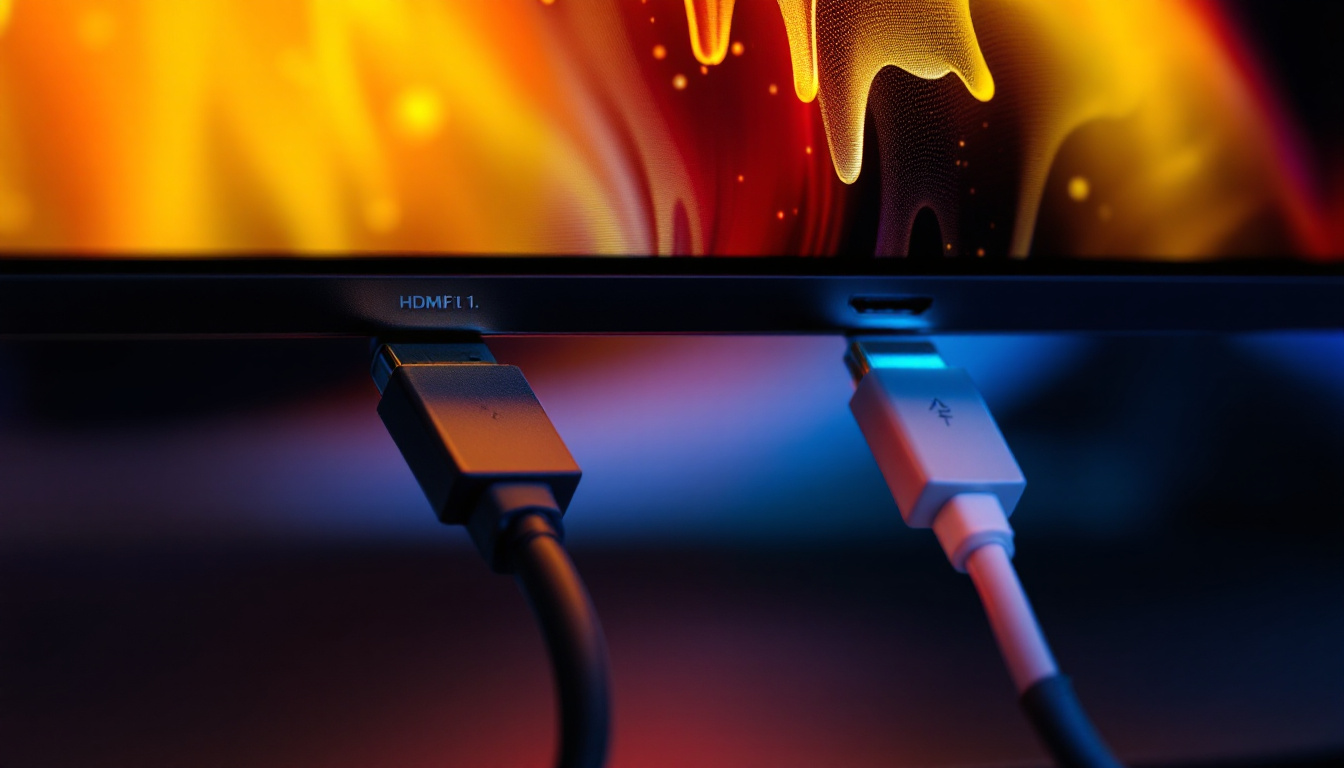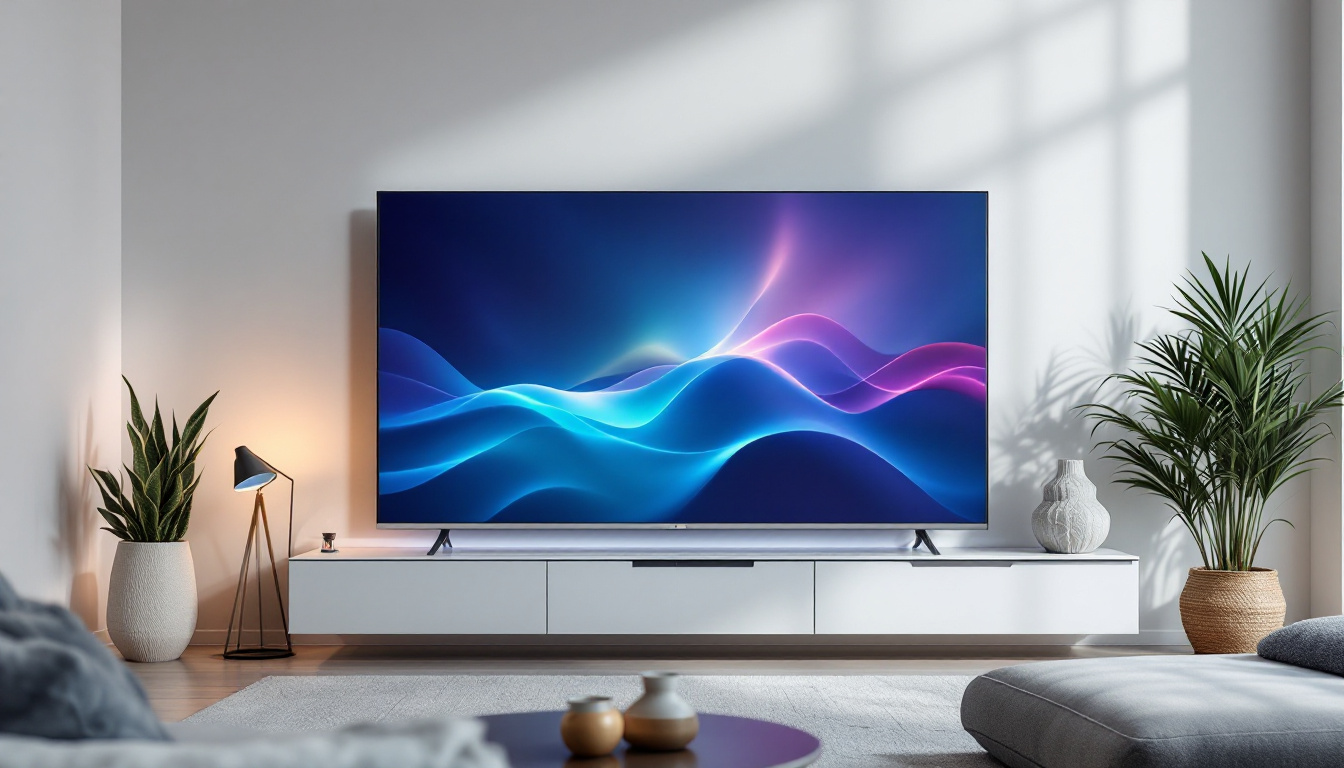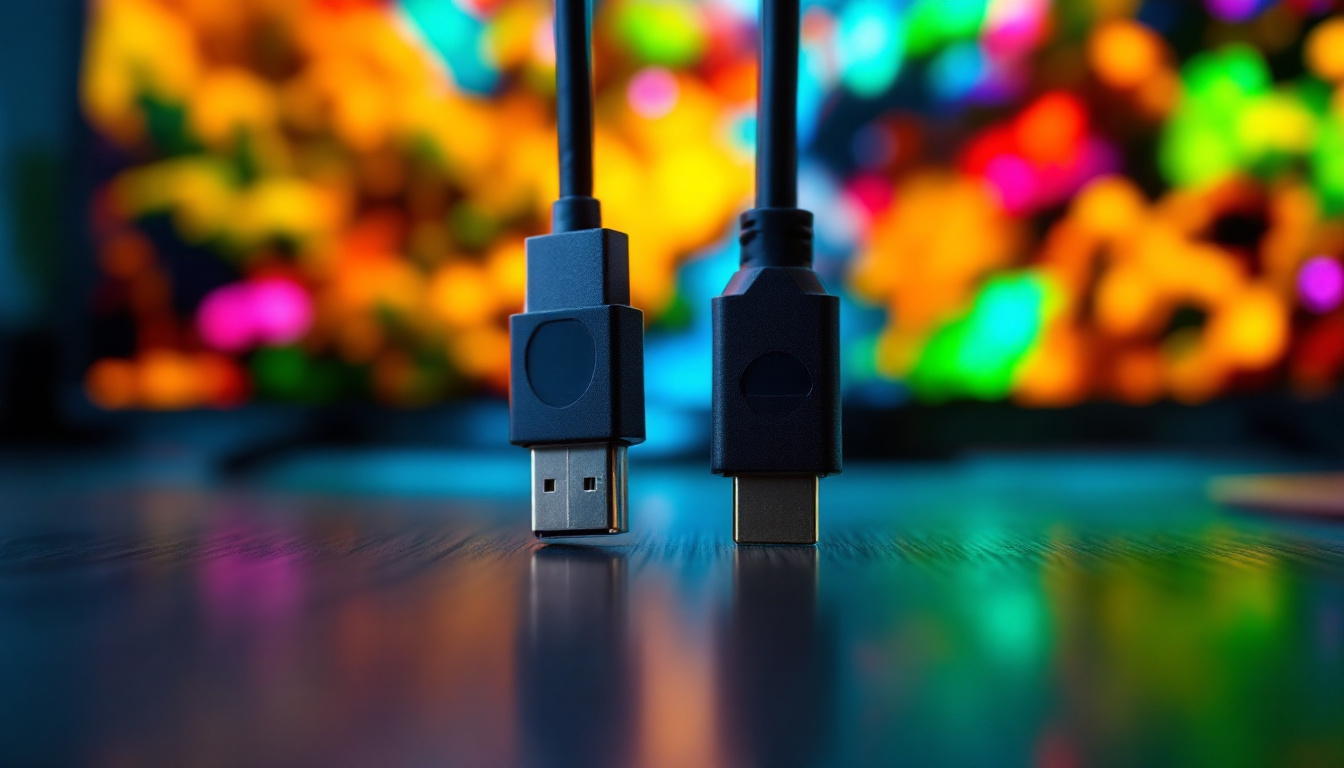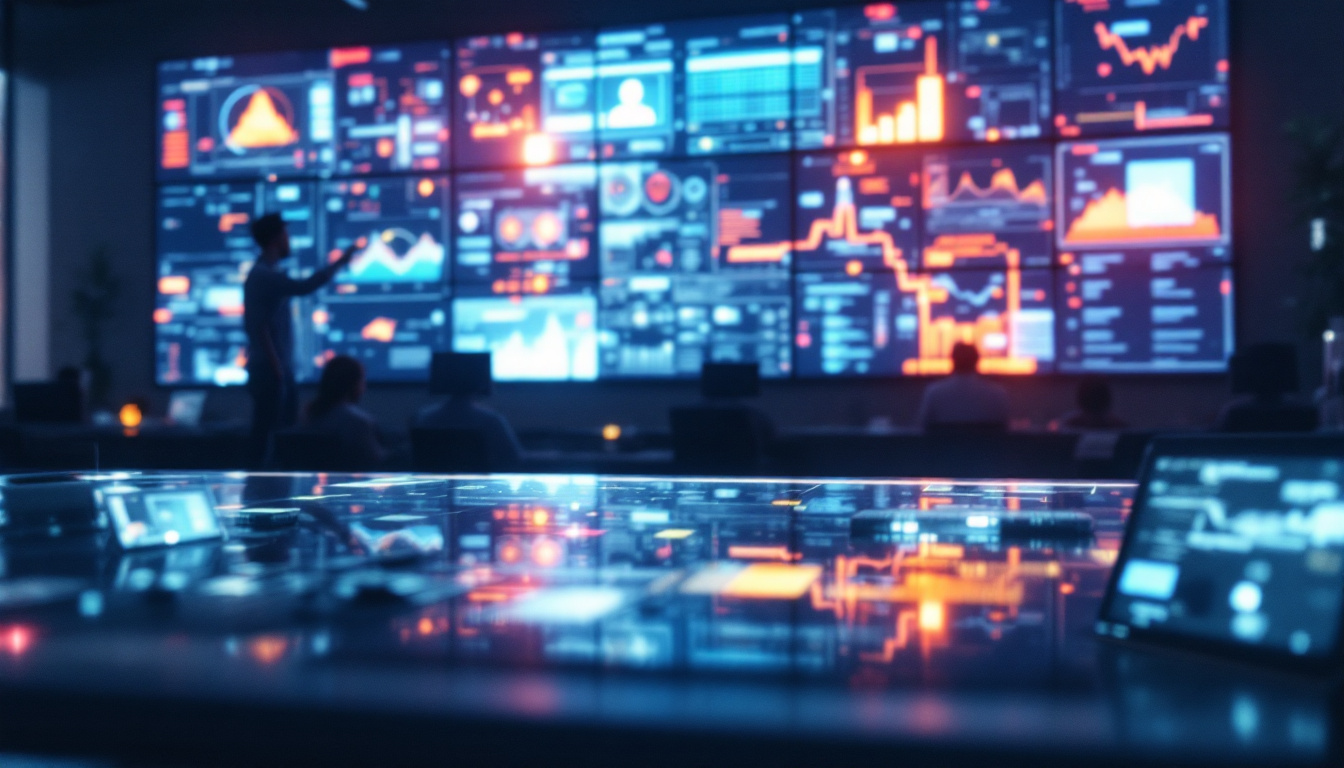The advent of technology has transformed the way we perceive and interact with our environments. One of the most intriguing innovations in recent years is the folding house concept, which combines architecture with cutting-edge technology. Central to this innovation is the integration of LED displays, which play a crucial role in enhancing the functionality and aesthetics of these unique structures. This article delves into the intricacies of LED displays used in folding houses, exploring their applications, benefits, and the technology behind them.
Understanding Folding Houses
Folding houses represent a revolutionary approach to residential architecture, emphasizing flexibility and adaptability. These structures are designed to be compact and portable, allowing for easy transportation and deployment in various settings. The folding mechanism not only saves space but also provides homeowners with the ability to modify their living environments according to their needs. This innovation is particularly appealing to those who prioritize minimalism and sustainability, as folding houses often utilize eco-friendly materials and construction methods, reducing their overall carbon footprint.
Design and Functionality
The design of a folding house is inherently innovative, often incorporating modular components that can be expanded or contracted. This adaptability is particularly beneficial in urban environments where space is at a premium. The functionality of these homes is further enhanced by the integration of smart technology, including LED displays that serve multiple purposes. Moreover, many folding houses feature energy-efficient designs, such as solar panels and rainwater harvesting systems, making them not only versatile but also environmentally responsible.
LED displays can be used for various functions, such as providing information, entertainment, and even mood lighting. This versatility makes them an essential component of modern folding houses, transforming a simple living space into a dynamic environment. The ability to customize the lighting and display options allows residents to create different atmospheres for various occasions, whether hosting a gathering or enjoying a quiet night in. Additionally, the integration of smart home systems enables homeowners to control these features remotely, further enhancing convenience and comfort.
Applications of LED Displays
LED displays in folding houses can serve a multitude of applications, enhancing both the aesthetic appeal and the practical use of the space. From exterior facades that can change appearance to interior screens that provide information and entertainment, the possibilities are virtually limitless. These displays can be programmed to showcase art or photography, allowing residents to transform their walls into a gallery that reflects their personal style and interests.
One notable application is the use of LED displays for communication. These screens can display messages, art, or even interactive content, allowing homeowners to personalize their space. Additionally, they can serve as a means of connecting with the outside world, displaying news updates or weather information. Furthermore, some folding houses are designed to be community-oriented, featuring shared LED displays that can broadcast local events or announcements, fostering a sense of connection among neighbors. This communal aspect not only enhances the living experience but also encourages collaboration and interaction within the community.
The Technology Behind LED Displays
Understanding the technology behind LED displays is essential to appreciate their role in folding houses. LED, or Light Emitting Diode, technology has advanced significantly over the years, resulting in displays that are not only energy-efficient but also capable of producing high-quality images and videos.
Types of LED Displays
There are several types of LED displays available, each with its unique features and benefits. The most common types include direct view LED displays, OLED displays, and LCD displays with LED backlighting. Each type has its strengths, making them suitable for different applications within the context of folding houses.
Direct view LED displays are particularly popular for their brightness and clarity, making them ideal for outdoor use. In contrast, OLED displays offer superior color accuracy and contrast, making them perfect for indoor applications where visual quality is paramount. Additionally, LCD displays with LED backlighting provide a cost-effective solution, striking a balance between performance and affordability, which is particularly appealing for budget-conscious homeowners.
Furthermore, advancements in technology have led to the development of flexible LED displays, which can be integrated into various architectural designs. These displays can bend and curve, allowing for creative applications in folding houses that prioritize aesthetics as well as functionality. This flexibility opens up new possibilities for dynamic visual presentations, enhancing the overall ambiance of living spaces.
Energy Efficiency and Sustainability
One of the most significant advantages of LED technology is its energy efficiency. LED displays consume significantly less power compared to traditional display technologies, making them a more sustainable choice for folding houses. This energy efficiency not only reduces the carbon footprint of the home but also lowers electricity costs for homeowners.
Moreover, many LED displays are designed to be recyclable, further contributing to their sustainability. As the world moves towards greener building practices, the integration of energy-efficient technologies like LED displays becomes increasingly important. The longevity of LED technology also plays a crucial role in sustainability; with a lifespan that can exceed 50,000 hours, these displays require less frequent replacement, thereby reducing waste and resource consumption over time.
In addition to their eco-friendly attributes, LED displays can be equipped with smart technology that allows for automated brightness adjustments based on ambient light conditions. This feature not only enhances user experience by ensuring optimal visibility but also contributes to further energy savings. As smart homes become more prevalent, the synergy between LED technology and home automation systems is likely to play a significant role in the future of sustainable living.
Benefits of LED Displays in Folding Houses
The incorporation of LED displays in folding houses offers numerous benefits that enhance the overall living experience. These advantages range from aesthetic improvements to practical functionalities that cater to the needs of modern homeowners.
Enhanced Aesthetics
One of the most immediate benefits of LED displays is their ability to enhance the aesthetics of a folding house. With the capability to display vibrant colors and dynamic visuals, these screens can transform the look and feel of a space. Homeowners can customize their displays to reflect their personal style, creating a unique ambiance that resonates with their preferences.
Additionally, the ability to change the content displayed on the screens allows for seasonal or thematic decorations, providing a fresh look without the need for physical alterations to the home.
Functional Versatility
LED displays offer unparalleled functional versatility, serving multiple roles within a folding house. They can function as entertainment hubs, displaying movies, games, or music visuals. Furthermore, they can be utilized for practical purposes, such as displaying schedules, reminders, or even smart home controls.
This multifunctionality is particularly advantageous in smaller living spaces, where every square foot counts. By integrating entertainment and information into a single display, homeowners can maximize their use of space while enjoying the benefits of modern technology.
Challenges and Considerations
While the integration of LED displays in folding houses offers numerous benefits, there are also challenges and considerations that must be addressed. Understanding these factors is crucial for homeowners and architects alike.
Cost Implications
One of the primary challenges associated with LED displays is the initial cost. High-quality LED technology can be expensive, which may deter some homeowners from incorporating it into their folding houses. However, it is essential to consider the long-term benefits, including energy savings and increased property value, when evaluating the overall cost.
Additionally, as technology continues to advance, the prices of LED displays are expected to decrease, making them more accessible to a broader audience.
Maintenance and Longevity
Another consideration is the maintenance and longevity of LED displays. While these displays are generally durable, they are not immune to wear and tear. Regular maintenance is essential to ensure optimal performance and longevity. Homeowners should be prepared to invest time and resources into maintaining their displays to keep them functioning effectively.
Moreover, understanding the warranty and support options available for LED displays can help mitigate potential issues down the line. Choosing reputable manufacturers and suppliers can also contribute to a more reliable experience.
Future Trends in Folding Houses and LED Displays
The future of folding houses and LED displays is bright, with numerous trends emerging that promise to reshape the landscape of residential architecture. As technology continues to evolve, the integration of smarter, more efficient systems will become increasingly prevalent.
Smart Home Integration
One of the most significant trends in the future of folding houses is the integration of smart home technology. LED displays will play a crucial role in this evolution, serving as central hubs for controlling various smart devices within the home. Homeowners will be able to manage lighting, security, and climate control through intuitive interfaces displayed on their LED screens.
This integration will not only enhance convenience but will also contribute to energy efficiency, allowing homeowners to monitor and optimize their energy usage in real-time.
Interactive and Immersive Experiences
As technology advances, the potential for interactive and immersive experiences within folding houses will expand. Future LED displays may incorporate augmented reality (AR) and virtual reality (VR) technologies, allowing homeowners to engage with their environments in entirely new ways.
Imagine a folding house where the walls can display virtual landscapes or where interactive screens can provide educational content for children. These possibilities are not far-fetched and represent the exciting future of residential living.
Conclusion
The integration of LED displays in folding houses represents a significant leap forward in the realm of residential architecture. By combining aesthetics, functionality, and sustainability, these innovative structures are redefining the way people live and interact with their environments. As technology continues to evolve, the possibilities for enhancing folding houses with LED displays are virtually limitless.
Homeowners and architects alike should embrace this trend, recognizing the potential for creating dynamic living spaces that cater to the needs of modern life. The future of folding houses, illuminated by the brilliance of LED technology, is indeed a bright one.
Illuminate Your Space with LumenMatrix
Ready to take the first step towards a brighter, more dynamic living environment? Discover how LumenMatrix’s advanced LED display technology can transform your folding house into a captivating visual experience. From indoor ambiance to outdoor grandeur, our comprehensive range of LED display solutions, including custom and transparent displays, is designed to integrate seamlessly with your lifestyle. Check out LumenMatrix LED Display Solutions today and elevate the way you live, work, and play.

